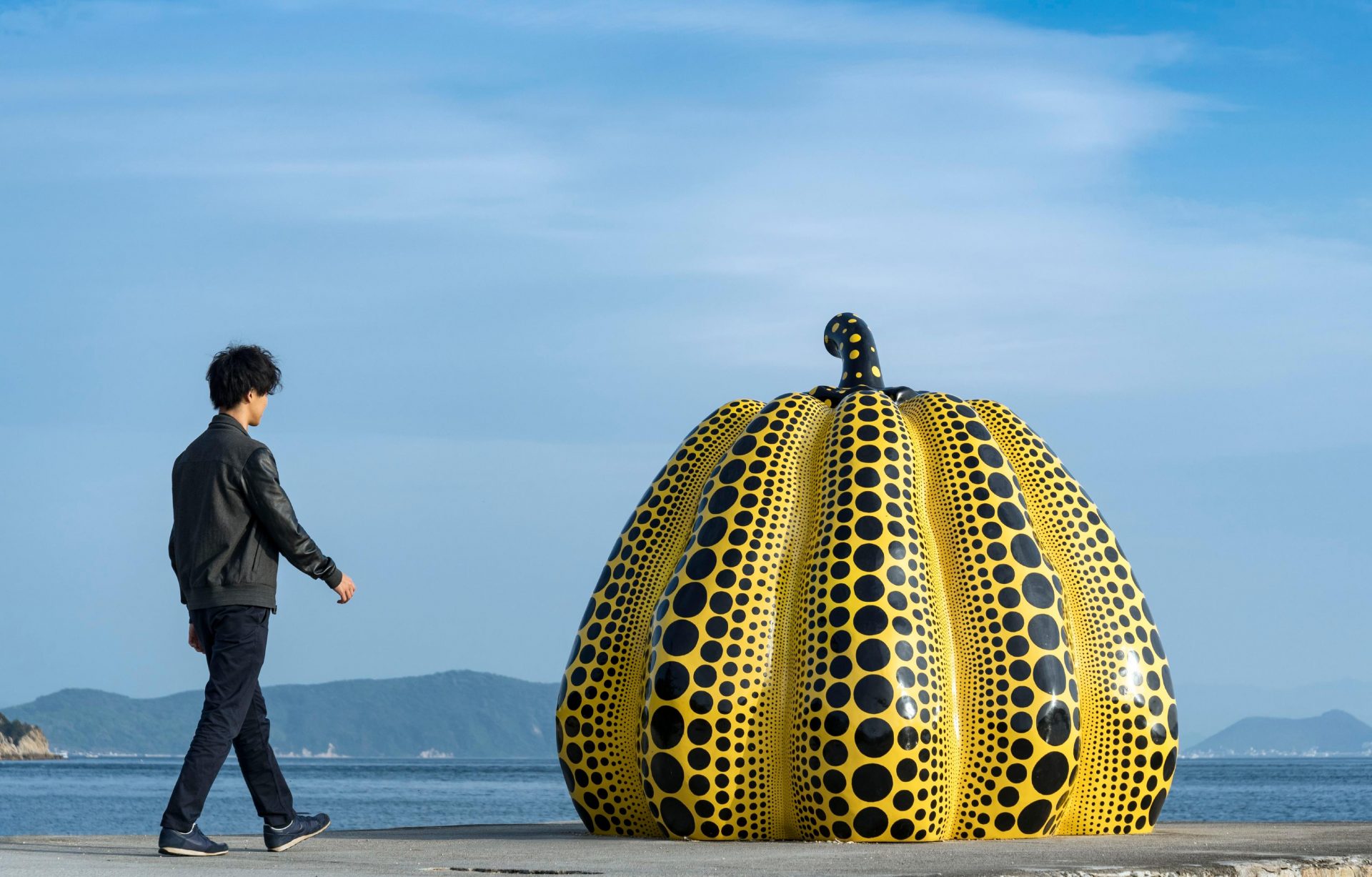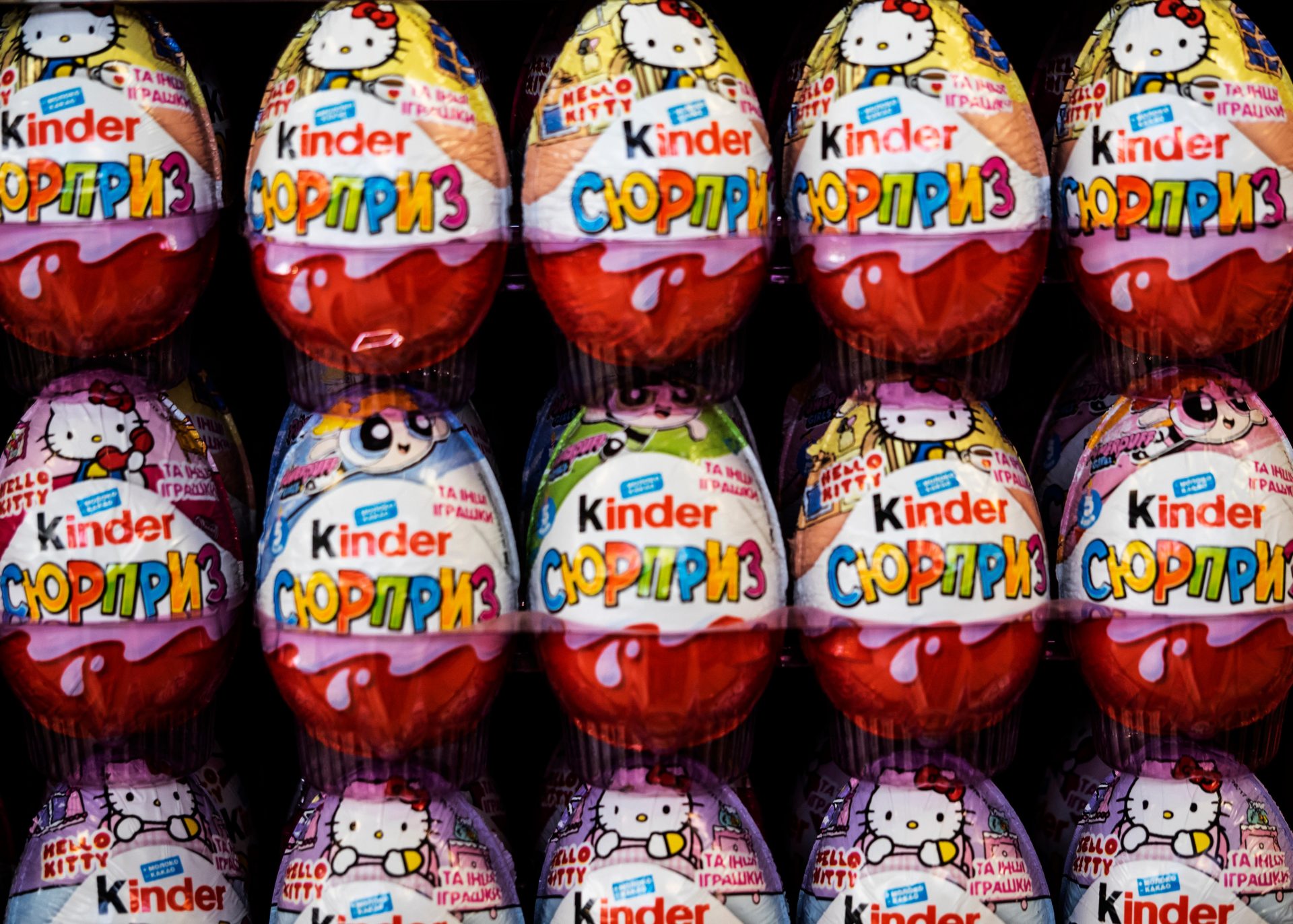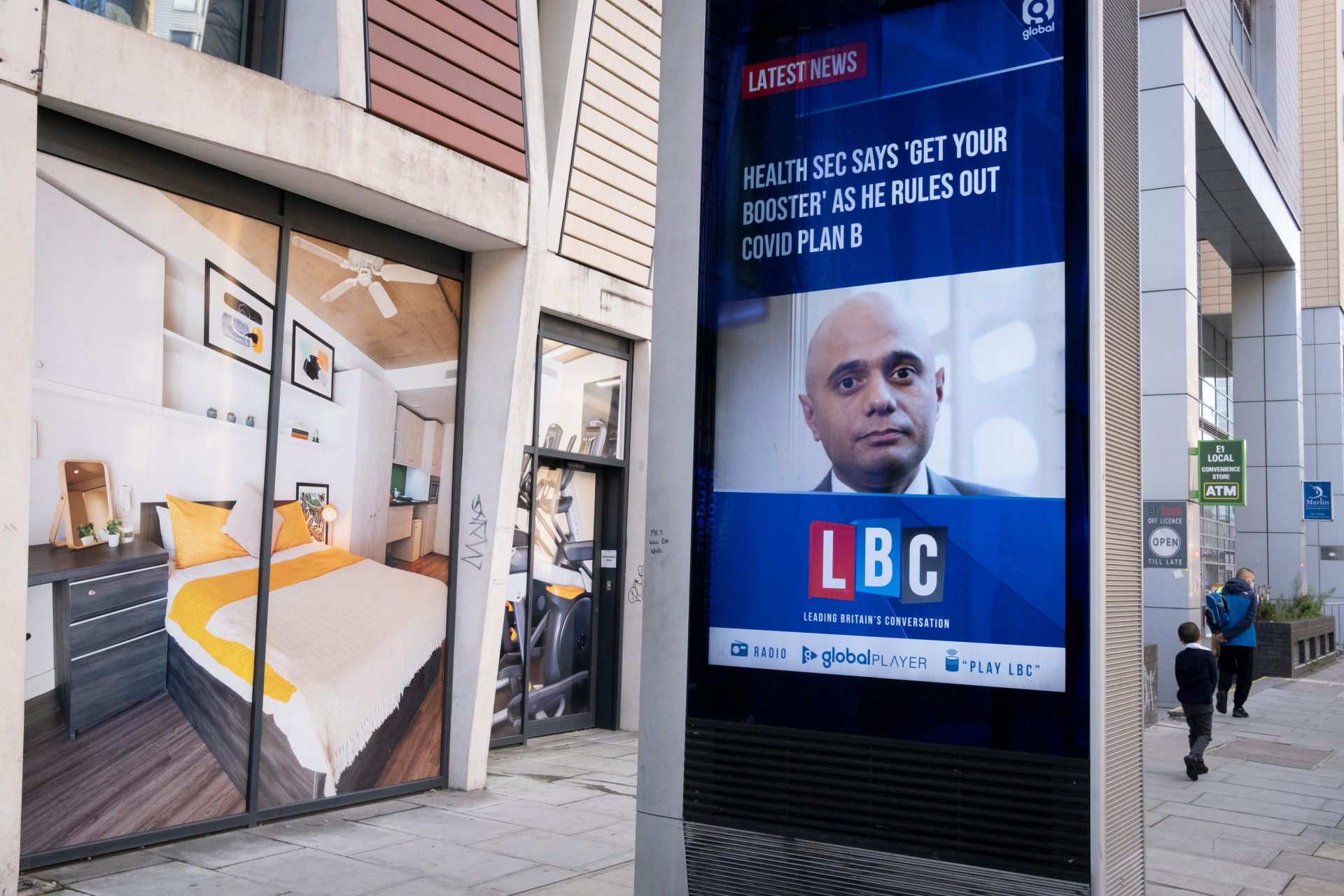Impounded in a warehouse in Bologna are nearly 500 artworks that are probably not by Francis Bacon. Italian police have seized the whole collection of “Bacons” owned by a local art collector of the Irish-born British artist after identifying some of these as forgeries.
The tale that emerges from the confiscation of the biggest haul of suspect Bacons ever discovered involves at least one of Bacon’s lovers, a disbelieved tale of a gift of treasures, an investigation spanning years, and unwisely prolific forgers. The prosecutors called it “The Italian Job.”
The Bologna Bacons story is just one of a wave of art scams to hit the headlines this year, and it’s starting to look like a trend. This month, Brazil-born artist Christian Rosa, once considered a rising star, was charged with selling four forgeries attributed to Raymond Pettibon to two separate people at the same time.
Stories such as these have been dotted through mainstream and specialist media recently. With the art trade becoming ever more lucrative thanks to glitzy new international and celebrity investors, so is art fraud, and new players armed with a growing range of tools are piling in to take advantage of contemporary vanities.
If the tale of a bunch of chancers up to no good in Italy feels like a tunnel back to the grimier side of the Swinging Sixties, in a London prison, self-described “heiress” Angela Gulbenkian is serving a three-and-a-half year sentence for an altogether more modern version of the crime – art fraud by social media.
Gulbenkian, married to a great-grandnephew of the renowned British-Armenian art collector and oil baron Calouste Gulbenkian, was sentenced in July for stealing money from clients – most spectacularly from a Hong Kong-based collector who paid her £1.1 million for a giant pumpkin sculpture by Japanese artist Yayoi Kusama that she failed to deliver.
She couldn’t, because she never owned it. Despite not having worked in the art world, by trading on her name, using fake emails, creating appropriately glamorous Instagram posts, managing to be seen in the right company and sending belligerent and hurt texts when challenged, she convinced her client that she had the artwork to sell.
“This was a crime of the Instagram age,” explained art detective Chris Marinello, who tells me he’s “the man who put that woman in jail” with his dogged legwork after police failed to investigate. “Anyone with a mobile phone and a sense of style can proclaim themselves an art adviser. They get hold of photos of artwork they don’t own and have fun with other people’s money.”
Gulbenkian, who pulled a similar trick with an Andy Warhol print and swindled her masseuse out of £50,000, certainly had fun. She departed on a spending spree that took in private jet trips, Harrods, an expensive Soho hotel and £2,600 of glam undies in Agent Provocateur. Gulbenkian has been called naïve and stupid, but for a while, she successfully adapted new tools to fool many people at an old game, thanks in no small part to the secretive, nepotistic culture of the art world.
There are superficial similarities with a famous case last year, when the youthful, good-looking contemporary art dealer Inigo Philbrick was jailed for defrauding clients of millions of dollars. He sold works he didn’t own to several people at once, swindling investors and art collectors, including the billionaire businessmen Reuben brothers.
Unlike Gulbenkian, he was known as a gifted dealer before he became overstretched by a lavish lifestyle with his girlfriend, Made in Chelsea’s Victoria Baker-Harber, that included private jets, £100,000 backgammon games, hand-made suits from Milan and £5000-pound bottles of wine. Like Gulbenkian, he persuaded others to trust his own inflated view of his status and funds.
There’s more. In 2015, a string of startling art forgeries of Old Masters came to light after French police seized a painting attributed to Lucas Cranach and owned by the Prince of Liechtenstein in a case that continues today. The next year, Artnet ran an article called “Year of the Fake” and detailed a merry catalogue of miscreants and angry celebrities, taking in: a suspected fake Caravaggio found in a French attic; Louis XIV chairs – of which there are more in circulation than ever actually graced Versailles; multiple forgeries claiming to be works by South Korean minimalist artist Lee Ufon; paintings by Velasquez and Gentileschi seized from the walls of respected galleries after a tip-off; a row involving Alec Baldwin; and a drawing dubbed “Facon” that Cristiano Lovatelli Ravarino, who claims Bacon was his lover and gifted him some pictures — wanted to sell, but which was rubbished by the Bacon Estate. In 2017, several paintings were confiscated from a prestigious Modigliani exhibition in Genoa, with 20 of them revealed to be fake.
More bizarrely, a few weeks ago a Danish museum was duped by an artist who pocketed more than £60,000 for a commission, then sent in blank canvasses and claimed he’d produced a conceptual protest work entitled “take the money and run”.
So, are we in an art crime epidemic?
I ask Kenny Schachter, the New York-based art collector, dealer and spiky commentator on the contemporary art world. A victim of Philbrick – a man he once called his friend – he should know.
“No!” he answered. “Nothing that I haven’t seen before!”. In fact, relative to other industries involving pots of money – banking, say, or the hawking of profit-free startups that collapse, such as WeWork – fraud is surprisingly rare, he said. “Inigo was just someone who went off the rails, was arrogant, with psychological problems, drugs and alcohol, and believed his own lies.”
The scandals of French art dealer Michel Cohen, who was arrested in 2003 over $55 million worth of fraud involving Picassos, Chagals and Monets, and jailed former New York gallerist Laurence Salander, accused of defrauding countless clients including Robert de Niro and John McEnroe of up to $300 million, are the big ones, and there hasn’t been anything of that magnitude for years.
Still, there’s no denying that the phenomenal growth of the art sector is attracting a commensurate number of thieves after increasing spoils.
Schachter, who describes the old art world as “five hideous psychopaths drinking beer in a corner”, says now Kanye West would trade two Grammys to be taken seriously in it. With celebrities, oligarchs, Arab royalty and top businessmen overwhelming the seedier crowd, art has gone bling.
According to Art Basel and UBS, art sales in 2019 exceeded £47 billion, up from £28.9 billion in 2009. In 2017, Salvator Mundi, attributed to Leonardo da Vinci, became the most expensive painting in the world when a Russian oligarch sold it for $450 million. Shortly after, it disappeared, and may now be on Saudi Crown Prince Muhammed Bin Salman’s yacht, joining the many other expensive artworks, both old and new in the Middle East, where money is seeking prestige in an ambitious new art scene that includes the Louvre Abu Dhabi.
Increasingly, artworks are an asset class for wealthy investors – alongside inflationary property purchases – who then stash many of them in storage to wait for capital gains. This in turn boosts secretive, tax-light freeports, which can be repositories for stolen art and antiquities.
This is the case not just for art, but things: watches, Hermes handbags (up to £250,000 at auction), and violins (one Stradivarius fetched nearly £15 million). When quality new violins became popular alternatives to the limited pool of older specimens and started rising in price, they faked them too.
“People are saying ‘wait a minute, what do you mean violins can sell for millions?’” said Marinello. “Or look at Banksy – nobody would steal street art until they saw what Banksy’s art is going for. Then they started taking chunks out of walls. Just wait until NFTs take off.”
NFT (non-fungible token) art is a rapidly developing part of the market, comprising digitally-created works existing only in the cloud and identified as unique by using secure blockchain technology. This means they can be owned, traded and linked to royalties – and therefore enter the general trade in art. Schachter, already enthusiastically creating and trading NFT art, says the market has grown to $3.5 billion annually, and predicts it will become a democratised, accessible and transparent art sector. Yes, an hour after he sold a digital piece, fakes were circulating, he said, “but my Swiss bank account was hacked too!” As with physical art, it’s all about security and due diligence — something currently lacking across the board.
In a sense, the old-fashioned, unregulated industry has itself to blame. With an obsession with discretion and trust, sales are often made by word of mouth or via dealers, keeping buyers and sellers in the dark on price.
Lack of due diligence was key to the 2011 collapse of the 165-year-old Knoedler Gallery, once a leading Old Master supplier to US robber barons such as Cornelius Vanderbilt and J.P. Morgan, over an $80 million forgery ring. It included the gallery’s president and a Chinese immigrant who created some 40 fakes purporting to be by abstract expressionists such as Jackson Pollock and Rothko, tricking, among others, the de Sole family behind Gucci. They said they had no reason not to trust the venerable gallery.
Increasingly, art detectives are getting in on the act, but overstretched police have little incentive to solve what is easily dismissed as a victimless crime. Isn’t everything insured anyway?
Yet the huge sums now circulating at the top of the art market make it a magnet for dangerous folk – art fraud helps organized crime, money laundering, tax evasion, terrorism, drug dealers and hoarders of Nazi-looted art.
The sleaziness of art crime is often disguised by glamourously presented heist mythology in films like The Thomas Crown Affair, which celebrates a supposed bygone age of guile and class, even though I’m told many wannabe art fraudsters are unpleasant bumblers. It’s made worse by the image of a debonair crook knocking out great masters in a dark basement — although that can actually happen.
“There are some very clever (forgers) out there. Quite a lot of them come from my business,” restorer Simon Gillespie, known for TV shows including Britain’s Lost Masterpieces, told me. “They understand the ins and outs of painting, how it’s made, how it falls apart, they gather information on artists from various periods, they age the painting the way it should age.”
It’s an old trade, Gillespie continued – Romans were doing the same with Greek statuary.
“There is one very good faker at the moment in Italy,” he said, referring, it turns out, to the collector currently under investigation for selling the Cranach to the Prince of Liechtenstein. “He’s sold into major collections.”
Gillespie told me that one of the forger’s fake Hals paintings was exposed because he used a white that was “microscopically different” from the original. Such are the margins for quality fakes. One of his forgeries was believed to be 16th century Orazio Gentileschi and hung in the National Gallery for a while – its cracks, in brick-like patterns, mirror exactly the decay seen in Italian Renaissance art.
The Italian, who denies the charges, is the subject of a French investigation. The legendary fraudster Eric Hebborn, who humiliated the art world by passing off about 1,000 forgeries as real Rubens, Van Dycks and other masters, also worked out of Italy and was found dead with a fractured skull near his home in Rome in 1996 in a suspected mafia hit. Where there’s fraud there’s the Mob.
Some old forgers still enjoy kudos. John Myatt created scores of works by artists such as Henri Matisse and Alberto Giacometti and was jailed for his role in what has been described as the “biggest art fraud in the 20th century”. Since his release, he sells his “Genuine Fakes” and goes on television.
Today’s forgers have to keep up with the painstaking scientific techniques involved in foiling them. It’s arguably easier to fake modern art, partly because similar materials are still available and, well, it’s probably easier copying a black square than a Rembrandt. But successfully forging one Old Master provides funds for life.
Myatt says carrying off scams is more about manipulating the publicity, “being in the right place at the right time” to make a sale, creating a good false narrative for how the artwork was made and changed hands over the years, and fitting it into the artist’s body of work,
This was the stage at which the Bacon case was escalated – Italian authorities say the suspected fraudsters planned to legitimize the art work through prestigious national and international exhibitions, catalogues, websites and foundations, creating a trail of authenticity.
They had been trying to do this for some time, but were repeatedly dismissed. The Bacon Estate’s Martin Harrison describes the works as “pastiches, or even parodies, and profoundly disrespectful of Bacon’s authentic body of work”. The number of artworks – almost as many Bacon’s entire acknowledged collection –set off alarm bells.
Identifying Myatt’s work was harder. The reformed fraudster told me he believes around 120 of his paintings are still at large, some in major galleries. Exposing them, he says, would harm the perfectly innocent people who bought them. Although he is now gamekeeper, giving talks on techniques for identifying forgeries, when it comes to finding his own, he is definitely not telling.




